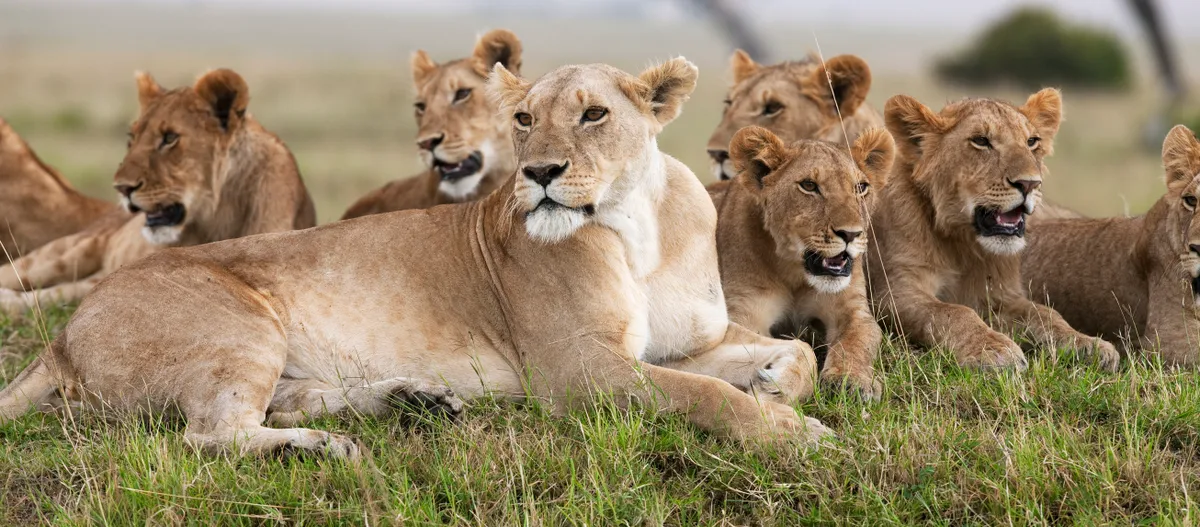Lion populations across Africa have declined by 43% over the past 21 years, due range of factors, including conflict with cattle farmers, loss of prey and habitat, and at times, unsustainable trophy hunting, according to the wild cat conservation charity Panthera. They are now facing a new threat – poaching for body parts.
A study led by Panthera has detailed the extent of this new danger, finding that poaching for body parts accounted for 35% of all known human-caused lion killings across their study area (the Mozambican portion of the Greater Limpopo Transfrontier Conservation Area).
They also found that in 48% of cases where lions were killed in retaliation for livestock losses body parts were also removed, presumably opportunistically and to sell. This consequence of lion-farmer conflict is another major threat to lion populations, responsible for 51% of total mortality. In most cases the lions are poisoned.
Although this form of body part harvesting is thought to be opportunistic, the researchers worry that an increasing demand for lion products may exacerbate the existing motives and incentivise further killings.
“Lions already face a litany threats, from dwindling prey populations to conflict with cattle farmers, and our study demonstrates that they are increasingly confronting a new and nefarious threat: poaching for body parts, often under the guise of human-lion conflict,” says lead author Dr. Kris Everatt.
The body parts that seem to be in the highest demand are claws and teeth. These were the parts found to be most frequently harvested, and those most frequently present in confiscated shipments.

The demand is thought to stem from a desire for ‘luxury’ products such as lion-bone wine in increasingly wealthy Asian countries like China and Vietnam, and the use of lion products in Chinese Traditional Medicine. The increasing scarcity of tiger parts is also thought to be fuelling the demand, as lion parts are used in their place.
Products are thought to both be sold domestically, as trinkets to tourists and at muthi (traditional medicine) markets, and internationally, shipped illegally to Asia.
Find out more about lions:
This emerging threat could have a devastating effect on the already vulnerable African lion populations, both in terms of direct mortality and indirect effects. Lions are sociable, cooperative animals that live in multi-generational prides of around 15 individuals. The loss of adult pride members can disrupt pride structure, social cohesion, and success in multiple ways.

Territories become harder to defend, reproductive success suffers with the loss of cooperatively breeding females, and a more rapid turnover in male pride-heads leads to increased infanticide. All these effects make it harder for populations to recover from decline.
The authors of this study think that although they are reporting on small data sets, the findings they highlight could constitute a very real and urgent threat to lion conservation, especially given what we know about the effect of the illegal trade on other big cat species such as tigers.
Dr. Paul Funston, director of Panthera’s lion program, states, “We hope this study alerts the global conservation community, and any governments participating in the lion bone and body part trade, to the serious threats it poses. We have seen the toll this trade has had on other wild cat species and must be vigilant about how it impacts lion conservation efforts across Africa.”
Read the full study in Biodiversity and Conservation.
Main image: Close up of a lion. © Mario Moreno/Getty
